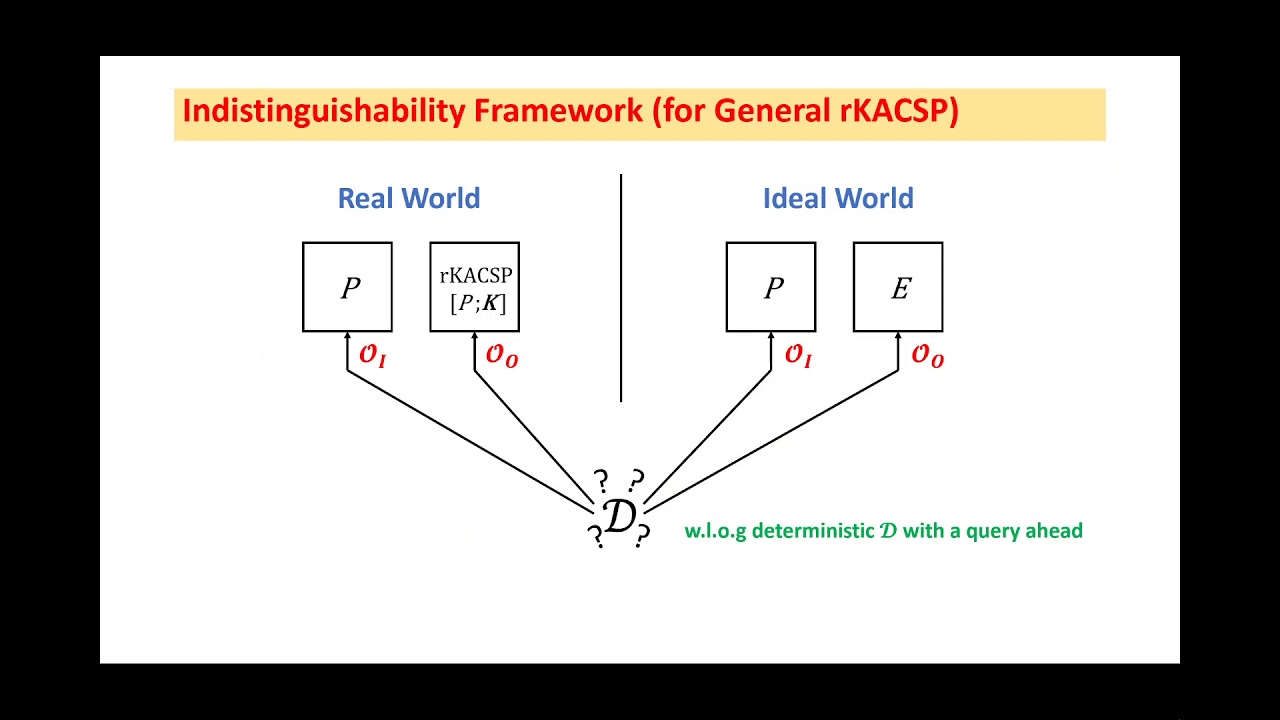Welcome to the resource topic for 2020/1073
Title:
Tight Security Analysis of 3-Round Key-Alternating Cipher with A Single Permutation
Authors: Yusai Wu, Liqing Yu, Zhenfu Cao, Xiaolei Dong
Abstract:The tight security bound of the Key-Alternating Cipher (KAC) construction whose round permutations are independent from each other has been well studied. Then a natural question is how the security bound will change when we use fewer permutations in a KAC construction. In CRYPTO 2014, Chen et al. proved that 2-round KAC with a single permutation (2KACSP) has the same security level as the classic one (i.e., 2-round KAC). But we still know little about the security bound of incompletely-independent KAC constructions with more than 2 rounds. In this paper,we will show that a similar result also holds for 3-round case. More concretely, we prove that 3-round KAC with a single permutation (3KACSP) is secure up to \varTheta(2^{\frac{3n}{4}}) queries, which also caps the security of 3-round KAC. To avoid the cumbersome graphical illustration used in Chen et al.'s work, a new representation is introduced to characterize the underlying combinatorial problem. Benefited from it, we can handle the knotty dependence in a modular way, and also show a plausible way to study the security of $r$KACSP. Technically, we abstract a type of problems capturing the intrinsic randomness of $r$KACSP construction, and then propose a high-level framework to handle such problems. Furthermore, our proof techniques show some evidence that for any r, $r$KACSP has the same security level as the classic r-round KAC in random permutation model.
ePrint: https://eprint.iacr.org/2020/1073
Talk: https://www.youtube.com/watch?v=Ms6BYLZ0ub0
See all topics related to this paper.
Feel free to post resources that are related to this paper below.
Example resources include: implementations, explanation materials, talks, slides, links to previous discussions on other websites.
For more information, see the rules for Resource Topics .
